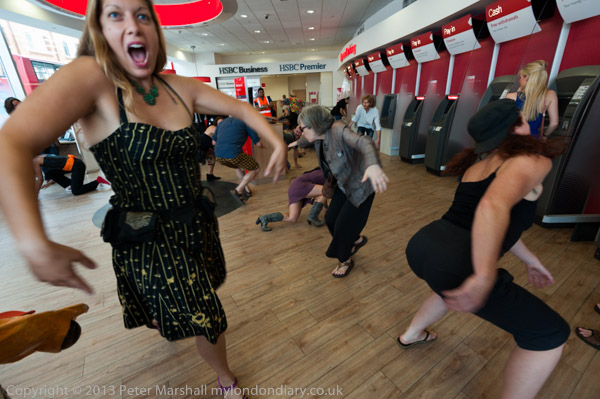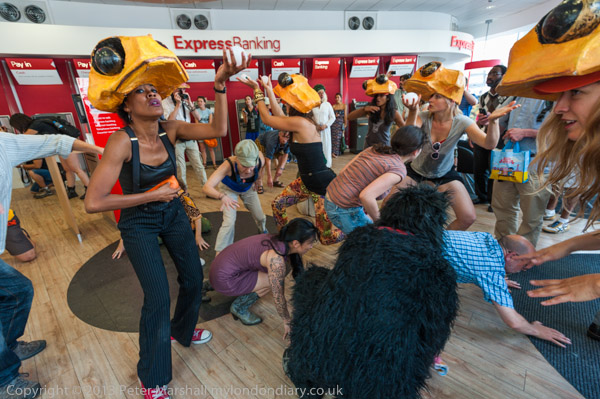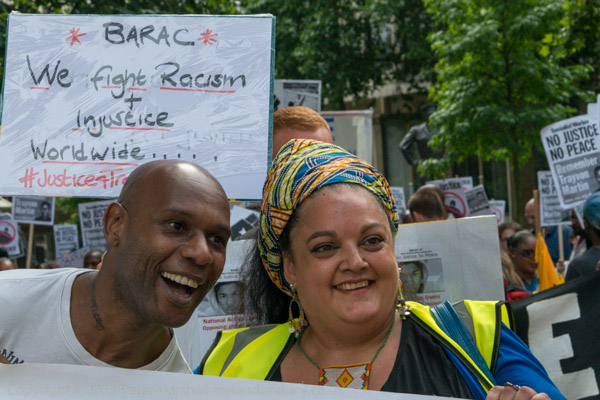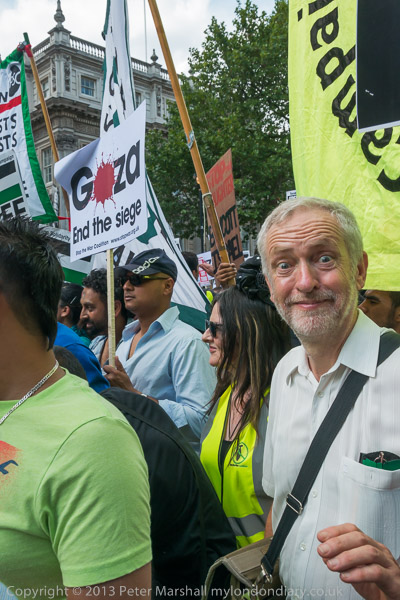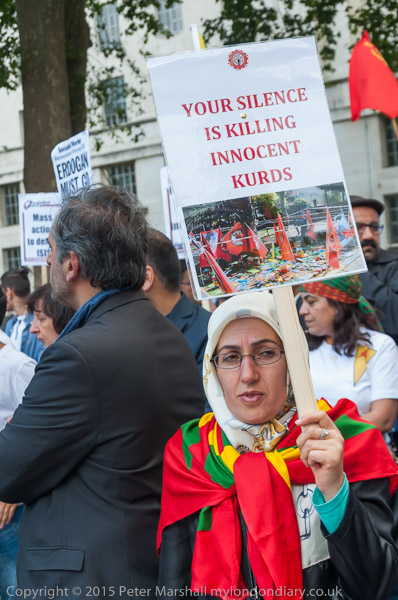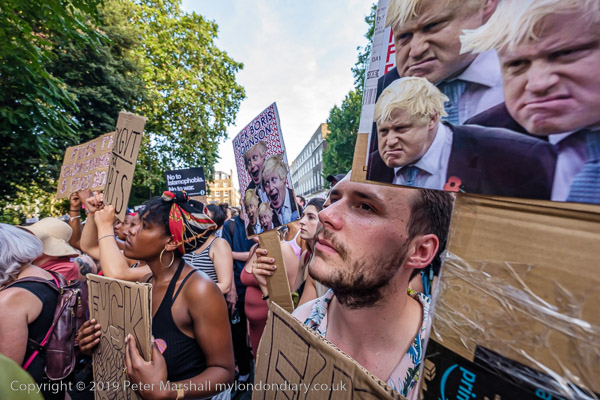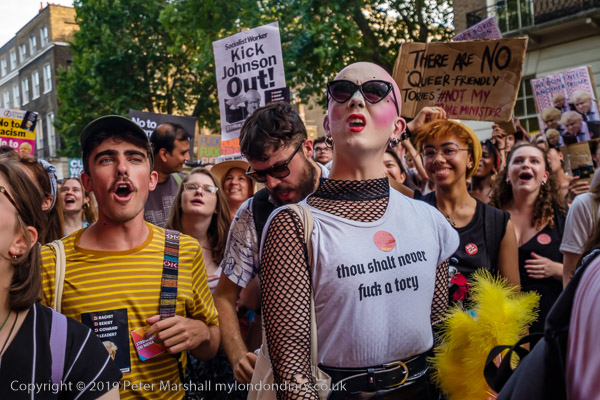The previous post on this walk on Sunday 30th October 1988 was Dockhead, Sarsons, Tanner St and Bermondsey Square.
I walked back up Bermondsey Street. There was slanting light across many of the frontages on the east side of the street and I stopped to take pictures of several of the more interesting buildings. Turner Whitehead were in these tall warehouses at 65-71, now renamed Bramah House. As I noted in an earlier, Turner Whitehead described themselves as ‘polythene converters’ meaning they made and sold a wide range of polythene products including bags etc.and these fine late Victorian buildings were said to have been tea warehouses.
I’d photographed 65-71 Bermondsey St before together with this building next door at No63 and was pleased to have better lighting to take another picture. This site was occupied by the Green Dragon pub from at least 1822, probably much earlier. The building probably dates from around the end of the nineteenth century and the pub appears to have closed and been converted to commercial use in the 1920s. Now the ground floor is an estate agents.
The Green Dragon was an emblem of the Earls of Pembroke, one of whom, Japer Tudor, born around 1431 was the son of Catherine of Valois, the widow of King Henry V (and mother of Henry VI) and her Welsh clerk of the Wardrobe Owen Tudor. The couple were said to have married secretly in 1429 and managed to have at least five children before their marriage was discovered; then Owen Tudor was imprisoned and Catherine de Valois sent to live in Bermondsey Abbey. She died in disgrace in 1437 but was still buried in Westminster Abbey.
Next going up Bermondsey street on the other side of what is now Vintage Yard is this fine Grade II listed 3 storey building at No 59, built as a new police station for the Metropolitan Police in 1851. When a new Tower Bridge Police Station opened in 1904 it briefly became a police section house and in 1906 was converted to commercial use. At least until the 1960s it was occupied by Read & Partners Ltd. Since I took this picture in 1988 it has been internally refurbished as offices.
I walked back up Bermondsey Street, pausing to photograph this image in the window of a barber’s shop. That long-haired figure seemed strangely familiar.
The light now made for a much better picture of Thomson Bros Ltd Knightrider Mills, the gateway shared by Tempo Leather Co Ltd, not to mention Rilling Hills Ltd and Marchant Hills Ltd.
As the notice states, these had been ‘ACQUIRED BY THE ELEPHANT HOUSE CO PLC AND DUNLOW HOUSE PLC – PROPOSED DEVELOPMENT – ALL ENQUIRIES’. Fortunately the development has retained the frontage more or less intact, almost certainly because it is Grade II listed, with gates now leading to ‘Shiva Building – Studio/Offices and ‘The Tanneries – www.lordshiva.net’, which address tells you a little about what goes on inside. It was built in 1873 to the designs of George Legg.
This street apparently gets its name from a pub which had the sign of St Christopher who was the bearer of the cross on which Christ was crucified. The pub, named ‘The Cross of Bermondsey’ was apparently demolished in 1559.
More demolition came with the railway, which runs in a wide swathe across Bermondsey, built for the London and Greenwich Railway Company with construction beginning in 1834.
Guys Hospital was founded in 1721 by Thomas Guy who had made a fortune printing Bibles and a killing by speculating on the South Sea Bubble. An early private-public partnership it had been granted a monopoly by the to supply African slaves to South America and the South Sea Islands. Because Spain and Portugal controlled most of South America it did very little business with slaves, but in 1720 pushed up its share price by rumours of support from King and Parliament, rising from £128 to £550 in five months, before rapidly collapsing back. Guy apparently sold his shares before the collapse.
Guy’s Tower was built in 1974 and was then the tallest hospital building in the world, with 34 floors and almost 150 metres tall. According to Wikipedia it is now the world’s fifth-tallest hospital building.
You can see the railway viaduct in the background of this picture on Enid St, which appears to be both the name of the street beside the viaduct and some side-streets on the Neckinger Estate. I can no longer find either the buildings and chimney but I think this may have been taken from around Enid St Playground.
This walk will continue in a later post.






































